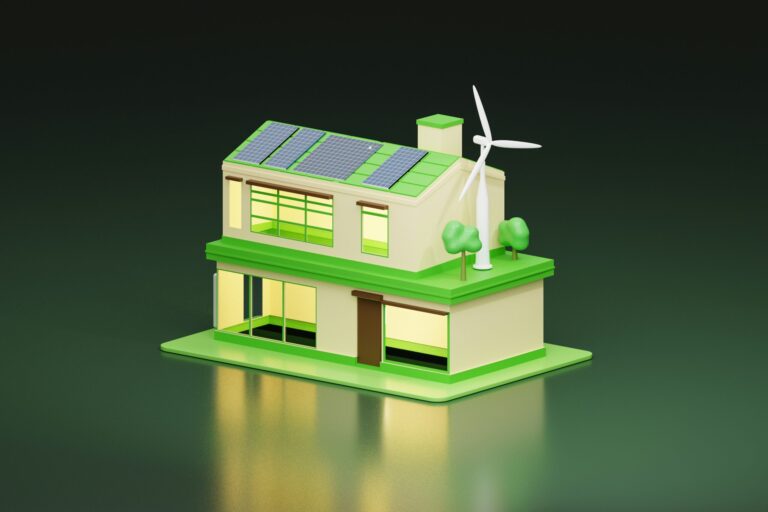A recent study from the National Green Building Standard highlights a growing trend towards eco-friendly residential communities, as sustainability becomes an increasingly important priority for homebuyers. The shift towards greener, more sustainable living is being driven by environmentally conscious homebuyers, developers, architects, and municipalities, all of whom are focused on building homes and communities that prioritize energy efficiency, environmental responsibility, and overall sustainability.
A significant moment in this trend was the launch of several new eco-friendly residential developments in cities such as Portland, Denver, and Austin. These developments are setting a new standard for environmentally responsible living by incorporating features like solar panels, energy-efficient appliances, water-saving technologies, and sustainable building materials. The goal is to reduce carbon footprints, lower utility costs, and create healthier living environments for residents, making these communities more attractive to homebuyers who are increasingly aware of their environmental impact.
These eco-friendly communities not only offer long-term financial benefits for homeowners through energy savings and reduced maintenance costs, but they also contribute to broader environmental goals. By utilizing renewable energy sources, such as solar power, and incorporating sustainable building materials, these communities are helping to reduce overall carbon emissions and minimize the negative effects of conventional construction. Additionally, features like water-saving technologies, green roofs, and rainwater harvesting systems are further enhancing the sustainability of these developments.
The lasting effect of this trend is likely to be the widespread adoption of sustainable building practices in residential real estate. As demand for eco-friendly homes continues to rise, developers are increasingly focusing on incorporating green designs and renewable energy solutions into their projects. Sustainability is expected to become a key factor in real estate development, influencing not only the construction methods but also the marketing of homes. Homebuyers are prioritizing energy efficiency, healthier living environments, and environmental responsibility when making purchasing decisions, and developers are responding to these preferences.
In the near future, sustainability could become a standard feature in residential communities, with more developments adopting eco-friendly practices and renewable energy solutions. This shift could also inspire local governments to implement more stringent green building standards, encouraging even more developers to focus on creating sustainable, energy-efficient homes. As the eco-friendly housing market continues to grow, it will likely reshape how homes are built and marketed, offering homebuyers a wider array of sustainable living options. Ultimately, this trend reflects a larger societal shift towards environmental responsibility, where sustainability is not just a preference, but a necessity for creating the homes of tomorrow.
